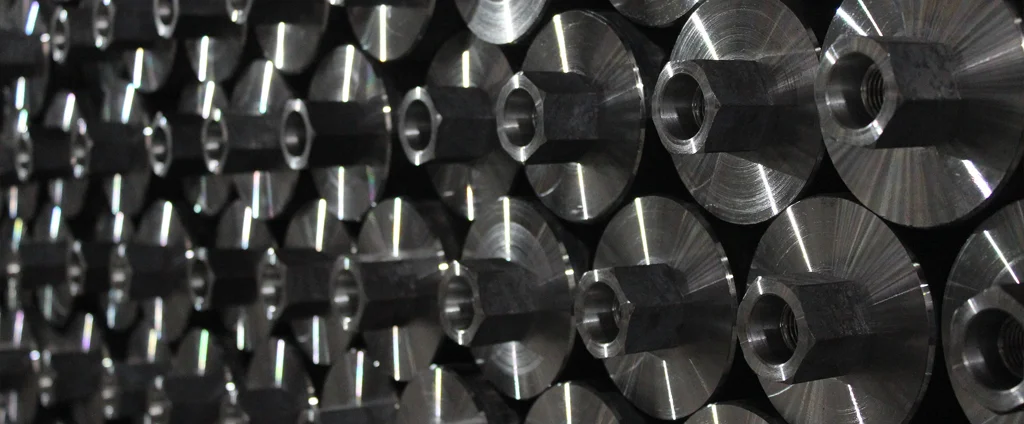SAE/AISI 1086 Carbon Steel (UNS G10860)

SAE/AISI 1086 carbon steel is a high-carbon alloy known for its exceptional strength, hardness, and wear resistance. Commonly used in demanding applications, it is heat treatable to enhance its mechanical performance.
| Chemical Composition | ||
|---|---|---|
| Element | Min | Max |
| Iron | 98.48% | 98.90% |
| Carbon | 0.80% | 0.93% |
| Manganese | 0.30% | 0.50% |
| Phosphorous | —— | 0.04% |
| Sulfur | —— | 0.05% |
The following table provides a list of SAE/AISI 1086 properties in both SI and US customary/Imperial units.
Click on the button to switch between Metric and Imperial units.
| Physical Properties | Metric |
|---|---|
| Density | 7850 kg/m3 |
| Mechanical Properties | Metric |
| Tensile Strength (Ultimate) | ≥ 772 MPa |
| Tensile Strength (Yield) | ≥ 424 MPa |
| Young’s Modulus (E) | 200 GPa |
| Shear Modulus (G) | 78 GPa |
| Elongation at Break | ≥ 10% |
| Reduction of Area | ≥ 25% |
| Poisson’s Ratio (ν) | 0.29 |
| Brinell Hardness | ≥ 229 |
| Thermal Properties | Metric |
| Thermal Conductivity | 52 W/m·K |
| Specific Heat Capacity (Cp) | 470 J/kg·K |
| Coefficient of Thermal Expansion (αL) | 1.2×10-5 1/°C |
| Electrical Properties | Metric |
| Electrical Conductivity | 4.1×106 S/m |
| Electrical Resistivity | 2.4×10-7 Ω·m |
The values in this table are approximate and can vary depending on various factors such as the specific manufacturing process and heat treatment applied to the alloy.
Advantages & Disadvantages of 1086 Carbon Steel
| Advantages | Disadvantages |
|---|---|
| High strength | Limited corrosion resistance |
| Good wear resistance | Lower toughness |
| Good machinability | Difficult to weld |
| Cost-effective | Limited heat resistance |
Applications of 1086 Carbon Steel
SAE/AISI 1086 is widely used in industries that demand high strength and wear resistance, including:
- Springs: Frequently used in the manufacturing of coil springs, flat springs, and leaf springs.
- Blades and Cutting Tools: The hardness and wear resistance make it suitable for producing blades, cutting tools, and knives.
- Agricultural Implements: Employed in the fabrication of plowshares, sickles, and cultivator points.
- Hand Tools: Commonly used to produce chisels, punches, hammers, and other manual tools.
- Automotive Components: Utilized in parts such as leaf springs, clutch plates, and transmission elements.
- Railroad Spike Manufacturing: Used in the production of railroad spikes for securing rails to railroad ties.
- Wire Products: Wire rods are used in springs, cables, wire mesh, and fencing products.
- Industrial Machinery Parts: Suitable for gears, shafts, axles, and other mechanical components.
